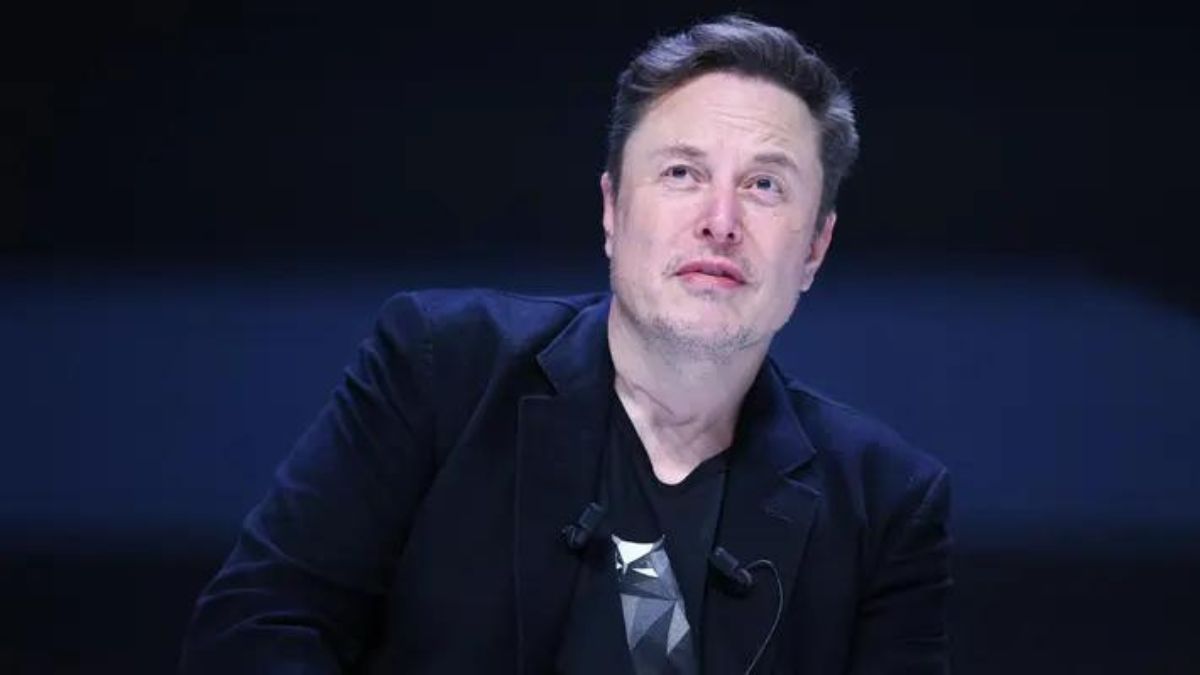
Advertisement
Elon Musk’s brain tech startup Neuralink is set to implant its system in a second human patient within “the next week or so,” according to Musk’s announcement on Wednesday. This follows efforts to address hardware issues encountered with the first participant.
Neuralink is developing a brain-computer interface (BCI) designed to assist patients with breakthrough paralysis-control technology. The initial system, named Telepathy, involves 64 “threads” thinner than a human hair, which are inserted directly into the brain to record neural signals through 1,024 electrodes.
BCIs have been a subject of academic study for decades, with companies like Synchron, Paradromics, and Precision Neuroscience also working on their versions. However, none have received U.S. Food and Drug Administration (FDA) approval to commercialize their devices.
In a recent livestream with Neuralink executives, Musk mentioned the company aims to implant its device in the “high single digits” of patients this year, though specific dates and locations remain undisclosed.
In January, Neuralink successfully implanted its BCI in its first human patient, 29-year-old Noland Arbaugh, at the Barrow Neurological Institute in Phoenix as part of an FDA-approved clinical study. While the surgery initially went well, some threads from the implant later retracted from Arbaugh’s brain. Despite considering removal, Neuralink found the issue posed no direct risk to Arbaugh’s health.
Musk and Neuralink executives stated that only about 15% of the channels in Arbaugh’s implant are functional. Nonetheless, Arbaugh uses the BCI to watch videos, read, and play chess and other video games for up to 70 hours a week.
For future implants, Neuralink plans to mitigate retraction and monitor it more closely. President DJ Seo mentioned that one method involves sculpting the skull’s surface to minimize the gap under the implant. Additionally, the company intends to insert some threads deeper into the brain tissue and track movement. Dr. Matthew MacDougall, head of neurosurgery at Neuralink, stated that threads would be inserted at various depths, given the retraction possibility.
“The FDA will continue to monitor the safety of those enrolled in the study for Neuralink’s implant device through required, regular reports,” an FDA spokesperson told CNBC.
